Search
Search
1361 results were found.
Incorrect overlapping of Cambridge Xpress
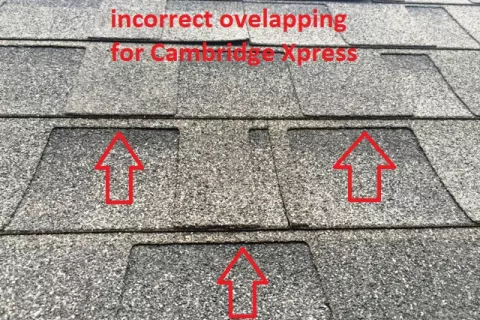
Horizontal chalkline will help you align

9. Improper flashing installation
Metal flashings need to be installed around chimneys, skylights and in valleys or close to wall. Chimney flashings prevent leaks around the chimney and must always be placed under the shingles. Side wall flashings or step flashings must be covered with appropriate counter flashings.
Solution:
When flashings are poorly installed, pop up the nails and slide a new flashing under the shingles. Secure new flashing and shingles with Shingle Stick. Don’t forget about counter flashing!
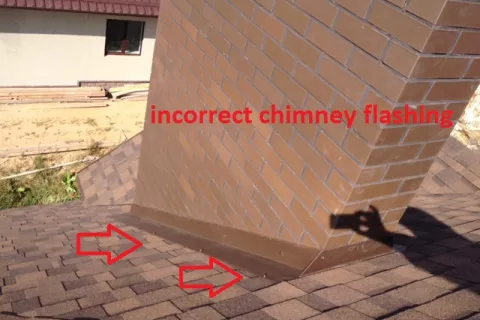
10. Reusing old flashing
When replacing an existing roof, the old flashing may look serviceable, but there is always the possibility that it has been punctured or damaged. New flashings are a small component in the cost of a roof replacement. Always install new flashings.
Solution:
If they are free of exposed holes and are not damaged, copper and aluminum flashings are not necessary to change. All others should be replaced.
Reused old flashing
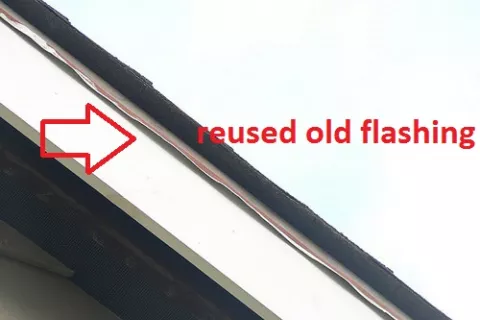
Correct new flashing
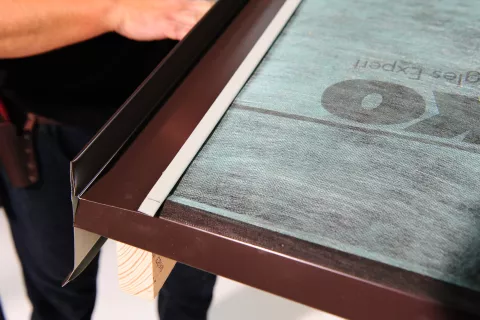
Be sure to keep an eye on our blog space, a new blog post concerning the next 5 common mistakes will follow soon!
Meanwhile you can always check the correct application methods on our website. Good luck!
A high quality roof is created when qualitative shingles are combined with a correct installation. Over the past weeks we showed you some of the most frequent roofer mistakes. After a while, these mistakes can cause some serious roofing problems.
To end these series, we would like to get your attention for these last 5 mistakes:
- Using a lot of bituminous mastic
- Wrong shingles for hips and ridges
- Improper sealing of penetrations
- Insufficient securing of valley
- Holes due to installation
16. Using a lot of bituminous mastic
Using too much bituminous mastic or roofing cement can cause blistering. The use of mastic which is not compatible with bituminous shingles can also lead to blistering.
Solution:
Blisters can disappear after some period. If they are already opened, it’s better to change these affected shingles.
Too much mastic used

Good amount of mastic
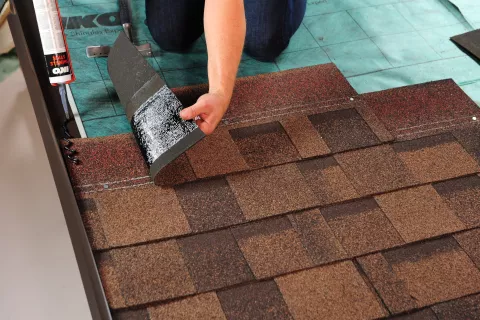
17. Wrong shingles for hip and ridges
Some roofers will cut shingles into pieces and use these pieces for the hip and ridge cap, regardless of which shingle is being used on the roof. With 3-tab, 4-tab, hex and diamant shingle this is the correct process. If this is done correctly, the shingle is cut into three even pieces (4-tab shingles in 4 pieces) that are flexible enough to use as a cap shingle. Do not use beaver shaped shingles for capping because they are too narrow and don’t cover hip or ridge enough!
The popularity of laminated shingles is increasing, but many roofers are making the mistake of following the same process you would with a 3-tab. The thicker Cambridge shingles are not designed for ridge caps. They do not lay flat and some may crack or break when you bent them over the ridges. It is highly recommended to use only a 3-tab shingle that matches the color of the laminated shingle.
Solution:
If your roof suffers leaking problems through the cap shingles it is necessary to change them with rectangular shape capping.
